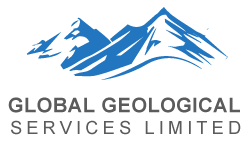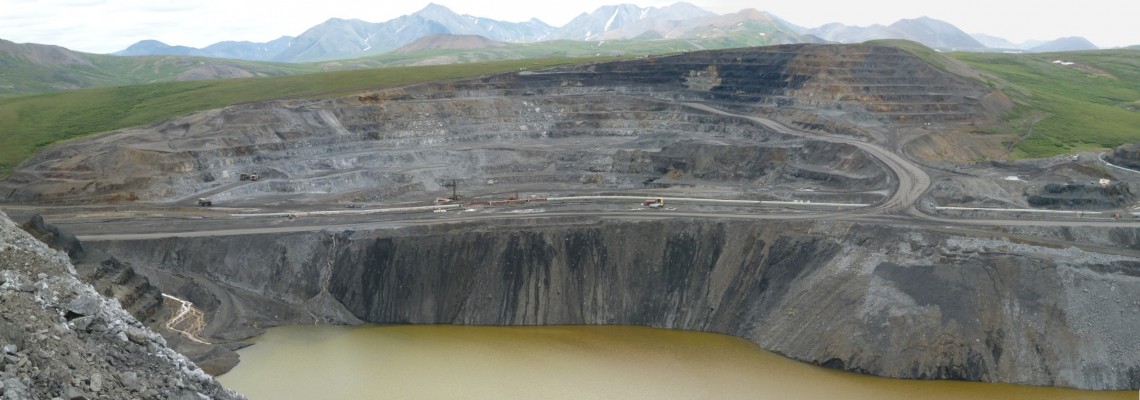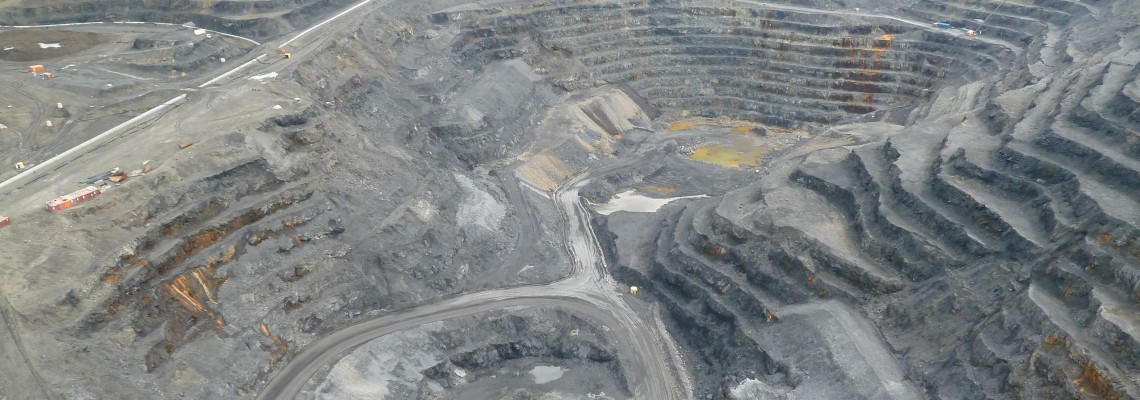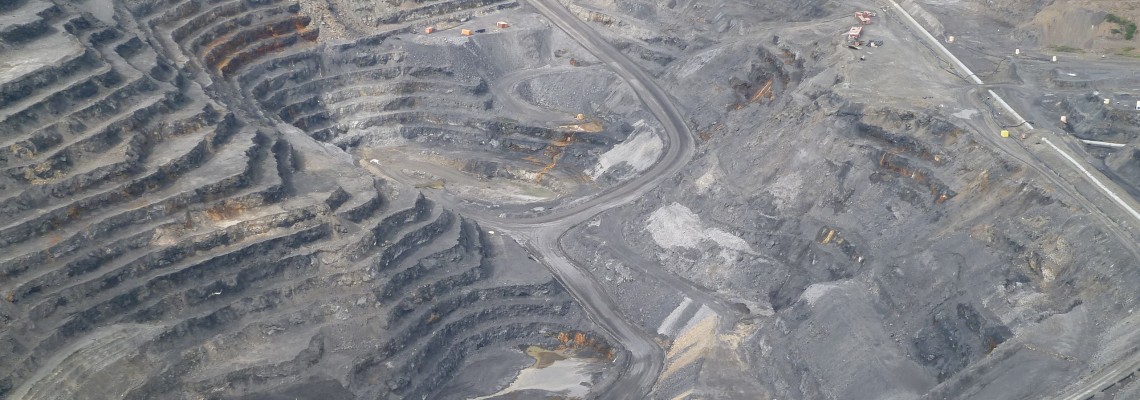Client: Teck Alaska/Golder Associates
Site: Red Dog Lead-Zinc Mine
Project Duration: 2009-2014
Project Summary:
- Structural geology of Main, Aqqaluk and Qanaiyaq Pits
- Structural evaluation of oriented geotechnical boreholes
- Tectonic and lithological core logging
- Construction and interpretation of structural sections and maps
- Correlation of boreholes with structural cross sections
- 3D sub-surface geological modelling of fault systems using Leapfrog and MineSight software
- Assist with slope stability assessment and failure mechanisms within the open pit
- Assist with drilling programme for current pits and adjacent exploration areas
Red Dog Operations, located in northwest Alaska, U.S.A. near Kotzebue, is one of the world’s largest zinc mines. Red Dog Operations is an open-pit truck-and-loader operation, using conventional drill and blast mining methods. Mineral processing facilities use conventional grinding and sulphide flotation methods to produce zinc and lead concentrates. Concentrates produced at Red Dog are shipped to our metallurgical facilities at Trail, British Columbia and to customers in Asia and Europe. Because of arctic weather conditions, the concentrate is stockpiled at the port facility and is typically shipped to customers between early July and late October. In 2010, we began mining the Aqqaluk deposit at Red Dog, which is expected to provide sufficient ore to enable operations to continue until 2030.
Red Dog is a Mississippian- to Pennsylvanian-age black shale-hosted, zinc-lead-silver deposit in the De Long Mountains, western Brooks Range, Alaska. The De Long Mountains are characterized by eight stacked and folded thrust allochthons. The Red Dog deposit occurs in the second lowest allochthon, in black siliceous shale and chert of the Mississippian to Pennsylvanian Kuna Formation. Early thrusting is followed by Eocene extension resulting in complex in pit structural relationships. Hence multiple surfaces exist for potential failure in and around the pit and it is therefore of paramount importance to understand these structures and their orientations in order to provide a template for stability analysis and mine planning.
Info Link





